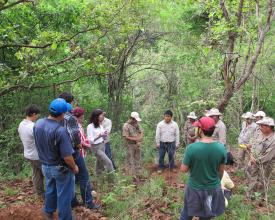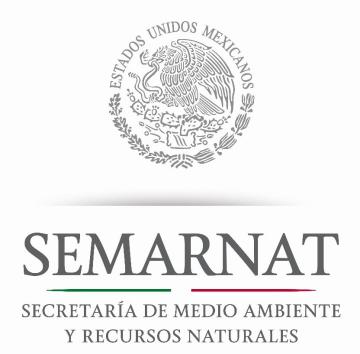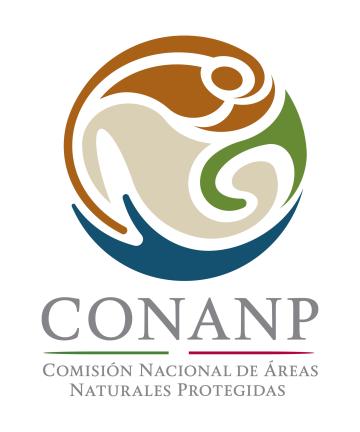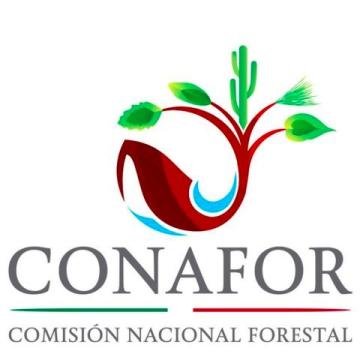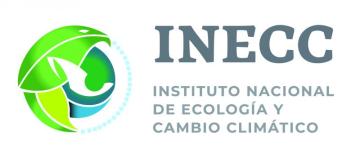
Functioning watersheds in the face of climate change

This solution promotes the integrated management of coastal watersheds that drain into the Gulf of Mexico and the Gulf of California by aligning the investments of public and private agencies to address climate change impacts and coastal and marine conservation. It is the foundation for enduring cross-sectorial coordination and local participation to maintain and recover watershed functions that deliver ecosystem services, which benefit cities and rural communities.
Context
Challenges addressed
- Uncoordinated inter-institutional efforts
- Private and public investments not aligned
- Limited involvement from stakeholders and lack of funding for conservation
- Impacts predicted by climate change models, including a higher intensity of hurricanes and wildfires as well as increased drought in the coastal watersheds
- Loss of watershed functions
- Decrease in ecosystem services provision, e.g. clean water
Location
Process
Summary of the process
Public institutions that invest in the management of coastal watersheds are represented in the technical committee along with the institution responsible for managing private grants. Investment decisions are based on actions identified in the Watershed Plans, which are developed with local stakeholder participation. Therefore, stakeholder participation and investment are aligned, ensuring transparency and close coordination of the project.
Building Blocks
Public-private collaboration
Three federal Mexican agencies as well as a private organization are joining efforts for the conservation of priority watersheds. This is formalized by a letter of intent for collaboration stating the common goal all are working towards.
A technical committee with representatives of all institutions is formed and takes decisions. It meets every two months, and supports the implementation of the project. A participatory platform is set up at the local level in each of the regions, allowing local stakeholders from different sectors to get together and decide on activities to promote within the watersheds.
Enabling factors
- Public and private institutions have the willingness to collaborate for a common goal.
- A technical committee for decision making with representation of all institutions involved gathers several times a year. Decisions are made by consensus.
- Local organizations and governments considered as a key stakeholder by the technical committee jointly develop the Integrated Watershed Management Action Plans.
Lesson learned
- Inter-institutional collaboration tackles severe effects of climate change in vulnerable coastal environments, by ensuring adequate planning in the watersheds.
- The technical committee, which includes representatives of all institutions involved, ensures transparency and adequate operation of the project.
Aligning public and private investments at the landscape level
The solution is funded through a combination of sinking funds and endowment funds from the Global Environment Facility (GEF), and matching funds from other donors and public funding. The endowment funds from the GEF provide long-term financing to address the conservation needs within the coastal watersheds and are partially dedicated to the basic operation of protected areas. Public sinking funds from CONAFOR´s programs and payment for ecosystem services mechanisms increases watershed connectivity. Grants finance sustainable forest management and agro-ecology projects. The Integrated Watershed Action Plan will help to align these public and private investments at the landscape level.
Enabling factors
- The capacity to raise funds from multilateral, bilateral and private donors.
- Matching funds from three public agencies that enable private donations.
- An experienced, professional trust fund manager.
Lesson learned
- Coordinating investments from multiple agencies at the landscape level enables greater impacts on watershed recovery and functionality.
- Raising funds for conservation is more likely when public and private investment is committed to a common goal.
- Different funding sources with different timelines associated with them (endowment and sinking funds) bring advantages for conservation goals.
Integrated Watershed Action Plan
The specific strategies for each watershed are identified in an Integrated Watershed Management Action Plan, which is adaptive and evolves from a scientific basis. The Plan includes specific actions to be implemented with the participation of public, private and local stakeholders. The Action Plan is jointly developed by local stakeholders and will enable priority watersheds to recover their functionality and better provide ecosystem services, such as clean water to support healthy mangroves that provide climate adaptation benefits.
Enabling factors
- The collaboration of local stakeholders.
- A commitment by local stakeholders to implement the action plans.
- Consideration of pre-existing efforts.
- A local agent that leads the process.
Lesson learned
- There is previous work in some of the priority watersheds. Action plans should not ignore existing efforts, but promote an inclusive environment for all stakeholders to feel welcome to participate.
- Action plans allow having healthier watersheds since the investments from different institutions are aligned.
Impacts
- Inter-institutional collaboration has positive impacts on coastal watersheds by aligning public agencies investment towards a common goal. For example, the National Institute of Ecology and Climate Change (INECC), a federal institution within the Environmental Ministry responsible for using scientific information to build public policies, requested that the National Forestry Commission of Mexico (CONAFOR), the federal agency responsible of the forest policy in Mexico, redesign its soil conservation strategy, based on scientific evidence on erosion impacts. A public fund was created by one of the states where the watersheds are found to support projects that increase connectivity within the watersheds.
- Inter-institutional collaboration promotes coordinated management by the forest management and protected area management agencies. Forest managers are now seeking to invest in conservation activities based on the protected areas management plans.
Beneficiaries
- Rural forestry communities that inhabit the upper and middle watersheds
- Coastal communities
- Local civil society organizations
Sustainable Development Goals
Story
Coastal watersheds within the state of Sinaloa are threatened by illegal resource extraction in this remote area. Conservation activities in this region are scarce and to coordinate efforts, stakeholders collaborated and support each other to address this complex problem. The project allowed regional public institutions and civil society organizations to get together and form a working group to implement the project at the state level. Public agencies organize dialogues to discuss how to better invest in the mangement of watersheds, and local civil society organizations are working together with public institutions. This initiative is thus strengthening conservation activities even in dangerous environments.

